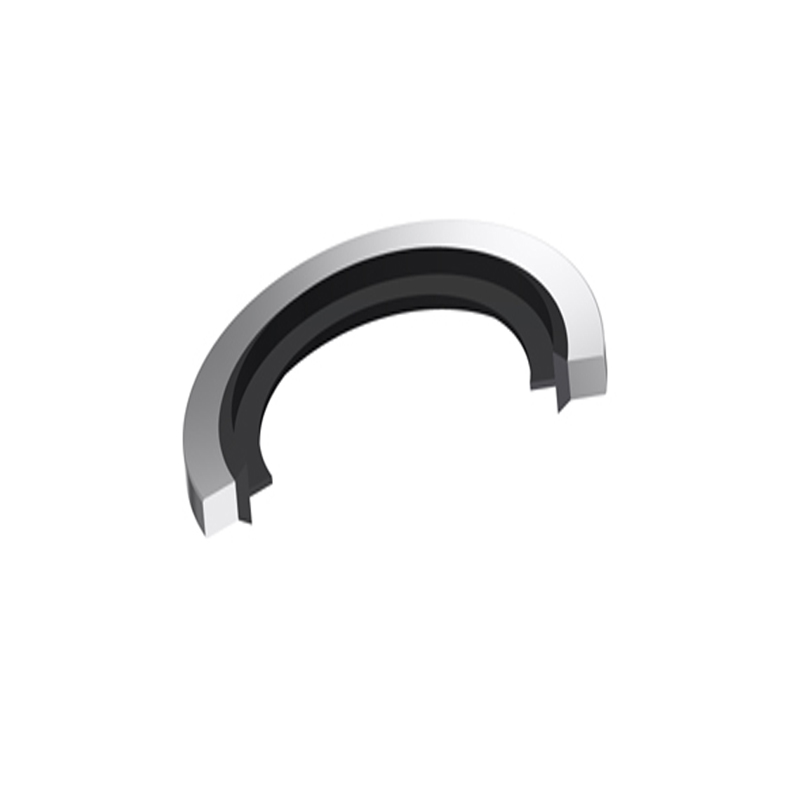Diagnosing and Repairing Leaks from the Lower Oil Pan Gasket in Your Vehicle
Understanding Lower Oil Pan Gasket Leaks Causes, Symptoms, and Solutions
The lower oil pan gasket plays a crucial role in the engine's functionality, acting as a seal between the oil pan and the engine block. This gasket is essential for maintaining proper oil levels, ensuring efficient lubrication, and preventing leaks that could lead to severe engine damage. However, like many engine components, the lower oil pan gasket is prone to wear and tear over time. Understanding the causes, symptoms, and solutions for a leaking lower oil pan gasket is vital for any vehicle owner.
Causes of a Leaking Lower Oil Pan Gasket
There are several reasons why a lower oil pan gasket might start leaking. One of the most common causes is age and deterioration. Over time, exposure to heat, oil, and extreme engine conditions can cause the gasket material to break down, leading to cracks and leaks. Additionally, improper installation during a previous repair can also result in a faulty seal, making it susceptible to leaks.
Another contributing factor can be engine vibrations. The constant shaking of the engine can create stress on the gasket, especially if it's made from materials that don’t withstand such conditions. Environmental factors such as extreme temperatures and exposure to harsh chemicals can also deteriorate the gasket over time. Finally, excessive oil pressure due to engine issues can push oil through weak points in the gasket, amplifying the leakage problem.
Symptoms of a Leaking Lower Oil Pan Gasket
Identifying the symptoms of a leaking lower oil pan gasket can help prevent further engine damage. One of the most noticeable signs is the presence of oil spots or puddles underneath the vehicle. If you notice stains on your garage floor or driveway, it’s a good indication that your vehicle may be leaking oil, possibly from the oil pan gasket.
lower oil pan gasket leaking

Another symptom is a drop in engine oil levels, which can lead to insufficient lubrication. If you find yourself frequently adding oil between oil changes or if the oil pressure light on your dashboard illuminates, it may be time to inspect the lower oil pan gasket. Additionally, you might notice engine oil dripping from the oil pan area during visual inspections, especially after the engine has been running.
Solutions for a Leaking Lower Oil Pan Gasket
If you suspect a leak from your lower oil pan gasket, it’s crucial to address it promptly. Ignoring this issue can lead to more severe problems, including engine damage and decreased performance. The first step in resolving the issue is to confirm the source of the leak. This can often be done through a visual inspection or using a professional mechanic's expertise.
For minor leaks, some vehicle owners opt for oil stop leak additives, which can temporarily seal small gaps and slow the leak. However, this is not a long-term solution. The most effective method for addressing a leaking lower oil pan gasket is to replace the gasket. This process typically involves draining the engine oil, removing the old gasket, cleaning the mating surfaces, and applying a new gasket with the appropriate sealant.
While this can be a DIY project for experienced mechanics, many vehicle owners choose to seek professional assistance to ensure the job is done correctly. Proper installation of the new gasket is crucial for preventing future leaks.
Conclusion
A leaking lower oil pan gasket is a common issue that can lead to significant engine problems if not addressed. By understanding the causes, recognizing the symptoms, and knowing the appropriate solutions, vehicle owners can maintain their engines’ health and ensure their longevity. Regular maintenance and inspections can help catch such problems early, saving both time and money in the long run. If you suspect an issue with your lower oil pan gasket, do not hesitate to consult a professional to keep your vehicle running smoothly.
-
Simplifying Oil Changes: A Comprehensive Guide to Oil Drain Plugs and Their Variants
News Aug.04,2025
-
Mastering Oil Drain Maintenance: Solutions for Stripped, Worn, and Upgraded Oil Plugs
News Aug.04,2025
-
Fixing Oil Pan Plug Issues: Leaks, Stripped Nuts, and the Right Replacement Solutions
News Aug.04,2025
-
Everything You Need to Know About Oil Drain Plugs: Sizes, Fixes, and Upgrades
News Aug.04,2025
-
Choosing the Right Oil Drain Plug: A Guide to Sizes, Materials, and Drain Innovations
News Aug.04,2025
-
A Complete Guide to Automotive Drain Plugs: Types, Problems, and Innovative Solutions
News Aug.04,2025
-
The Ultimate Guide to Car Repair Kits: Tools and Essentials Every Driver Should Own
News Aug.01,2025
Products categories















